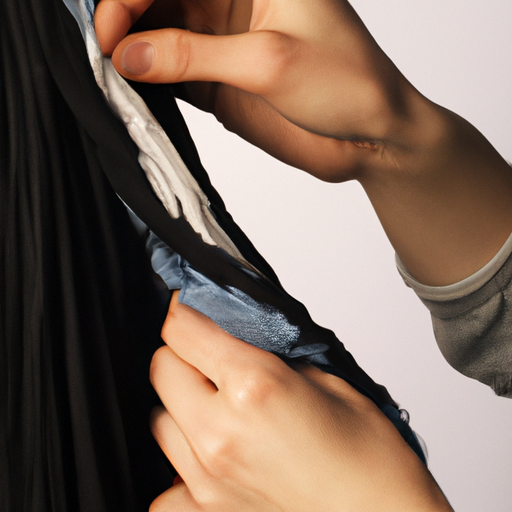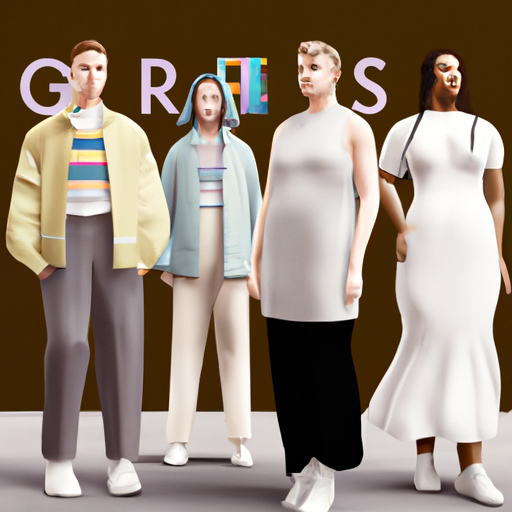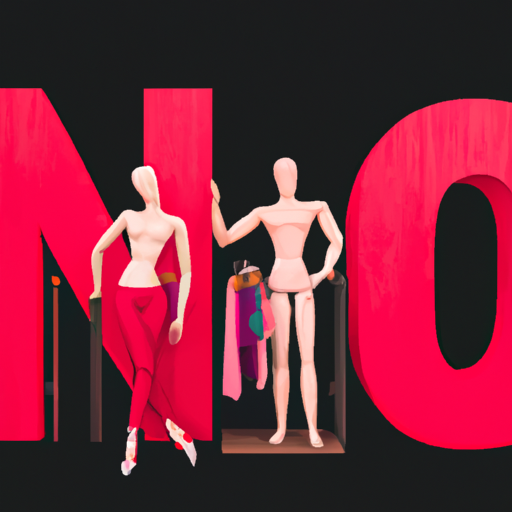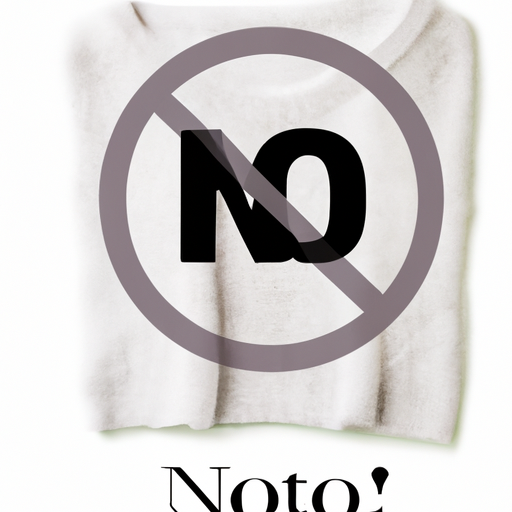Fashion is undergoing a transformative revolution with gender-fluid styles challenging traditional norms. Designers and brands are increasingly creating collections that transcend binary clothing expectations. This movement represents more than just clothing—it's a powerful statement of personal identity and social progress.

In recent years, the fashion world has witnessed a profound and revolutionary shift towards gender-fluid clothing that challenges traditional binary fashion norms. This emerging trend represents far more than a passing moment in style—it's a significant social movement that reflects broader conversations about identity, self-expression, and personal freedom.
Gender-fluid fashion fundamentally rejects the historical constraints that have divided clothing into strictly 'male' and 'female' categories. Designers are now creating collections that intentionally blur these lines, offering garments that can be worn by anyone, regardless of gender identity. Brands like Gucci, Telfar, and Eckhaus Latta have been at the forefront of this movement, presenting runway collections that feature androgynous silhouettes, neutral color palettes, and versatile designs.
The roots of gender-fluid fashion can be traced back to various historical and cultural contexts. From traditional cultural dress in many indigenous societies to the androgynous styles of musicians and artists in the 1970s and 1980s, the concept of clothing that transcends gender is not entirely new. However, what makes the current movement unique is its mainstream visibility and the explicit intent to challenge and deconstruct traditional gender expectations.
Psychologically, gender-fluid fashion offers individuals a powerful form of self-expression. By removing restrictive clothing norms, people can more authentically represent their inner sense of identity. This approach acknowledges that gender is a spectrum, not a binary, and that clothing should be a tool for personal empowerment rather than a mechanism of social constraint.
Technologically, the rise of gender-fluid fashion has been accelerated by social media and digital platforms. Instagram, TikTok, and other visual mediums have provided spaces for individuals to showcase diverse style interpretations, creating global communities that celebrate sartorial experimentation. Influencers and celebrities have played a significant role in normalizing these more fluid aesthetic approaches.
Economically, fashion brands are recognizing the commercial potential of gender-neutral collections. Market research indicates that younger generations, particularly Gen Z, are increasingly rejecting traditional gender categorizations. This demographic shift is driving significant changes in how clothing is designed, marketed, and consumed.
The practical implications of gender-fluid fashion extend beyond aesthetic choices. These clothing lines often feature more inclusive sizing, adaptable designs, and a focus on comfort and individual expression. Designers are creating pieces that can be styled and layered in multiple ways, offering greater versatility and personal interpretation.
Critically, the gender-fluid fashion movement is also addressing long-standing issues of representation in the fashion industry. By challenging traditional beauty and style standards, these collections create space for diverse body types, gender identities, and cultural expressions. This approach promotes a more inclusive and representative fashion landscape.
As the movement continues to evolve, we can expect even more innovative approaches to clothing design. Technological advancements in fabric development, 3D printing, and sustainable manufacturing will likely further enable more fluid, adaptable clothing options. The future of fashion is increasingly about individual expression, comfort, and breaking down restrictive social constructs.
Ultimately, gender-fluid fashion represents a profound cultural shift. It's not just about clothing, but about reimagining how we understand identity, self-expression, and personal freedom. As society becomes more accepting of diverse expressions of gender and style, fashion will continue to be a powerful medium for social change and personal empowerment.



